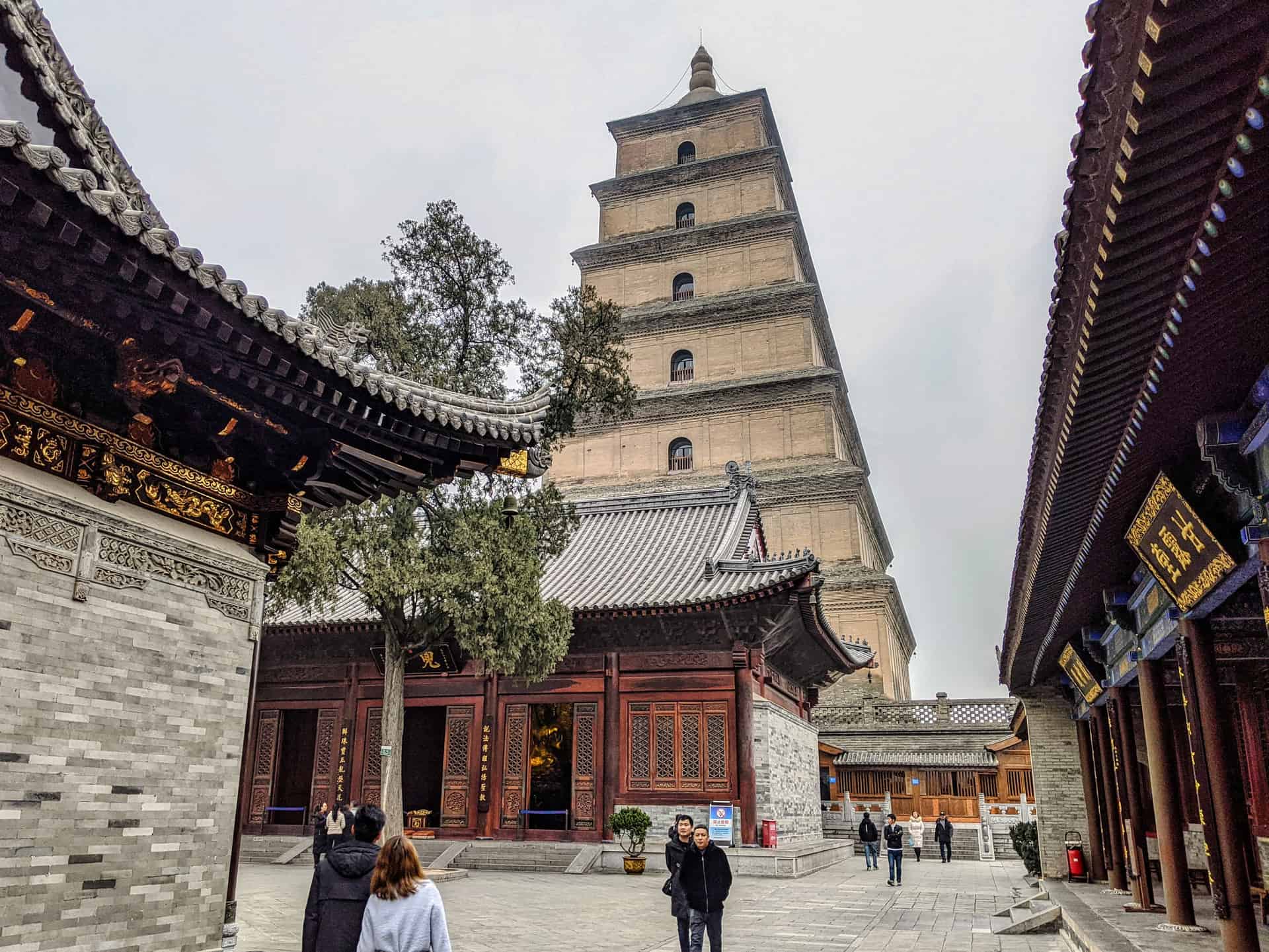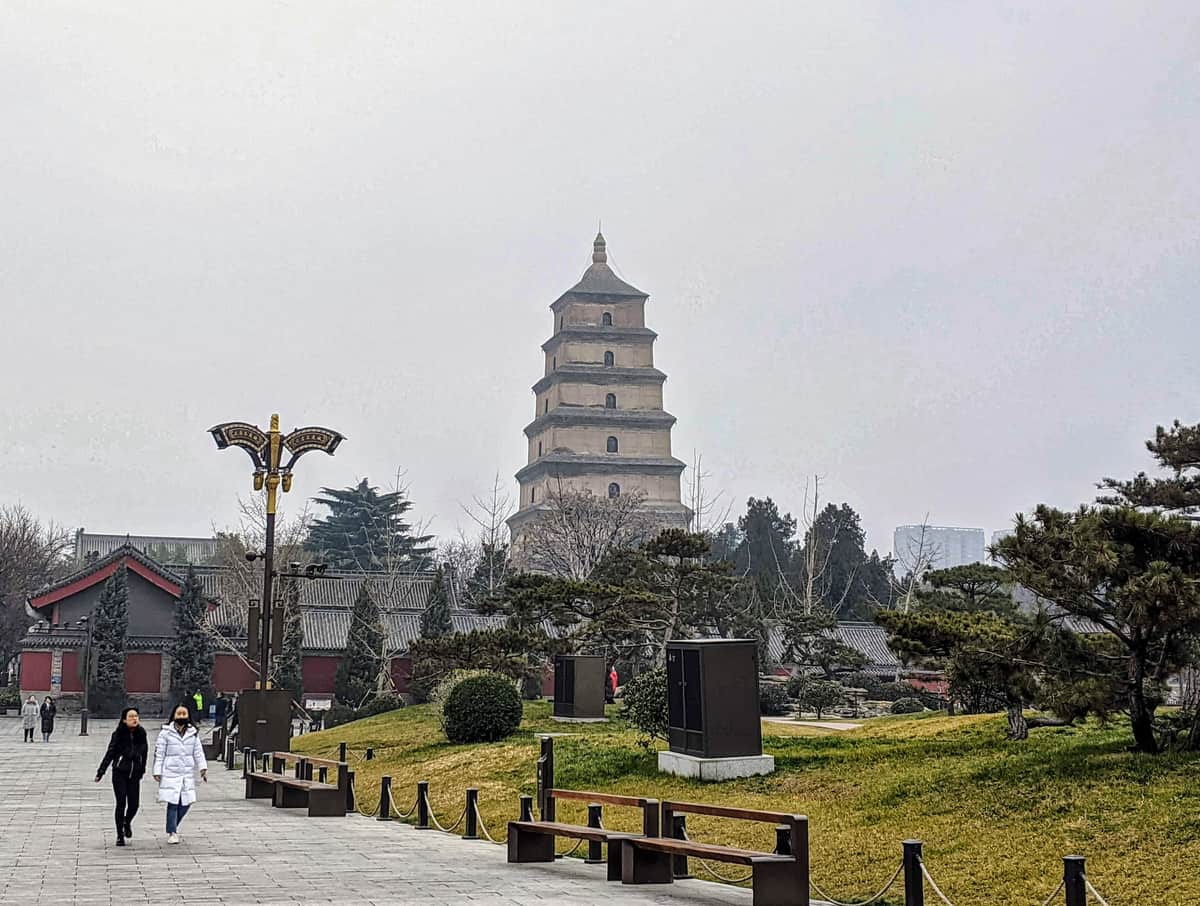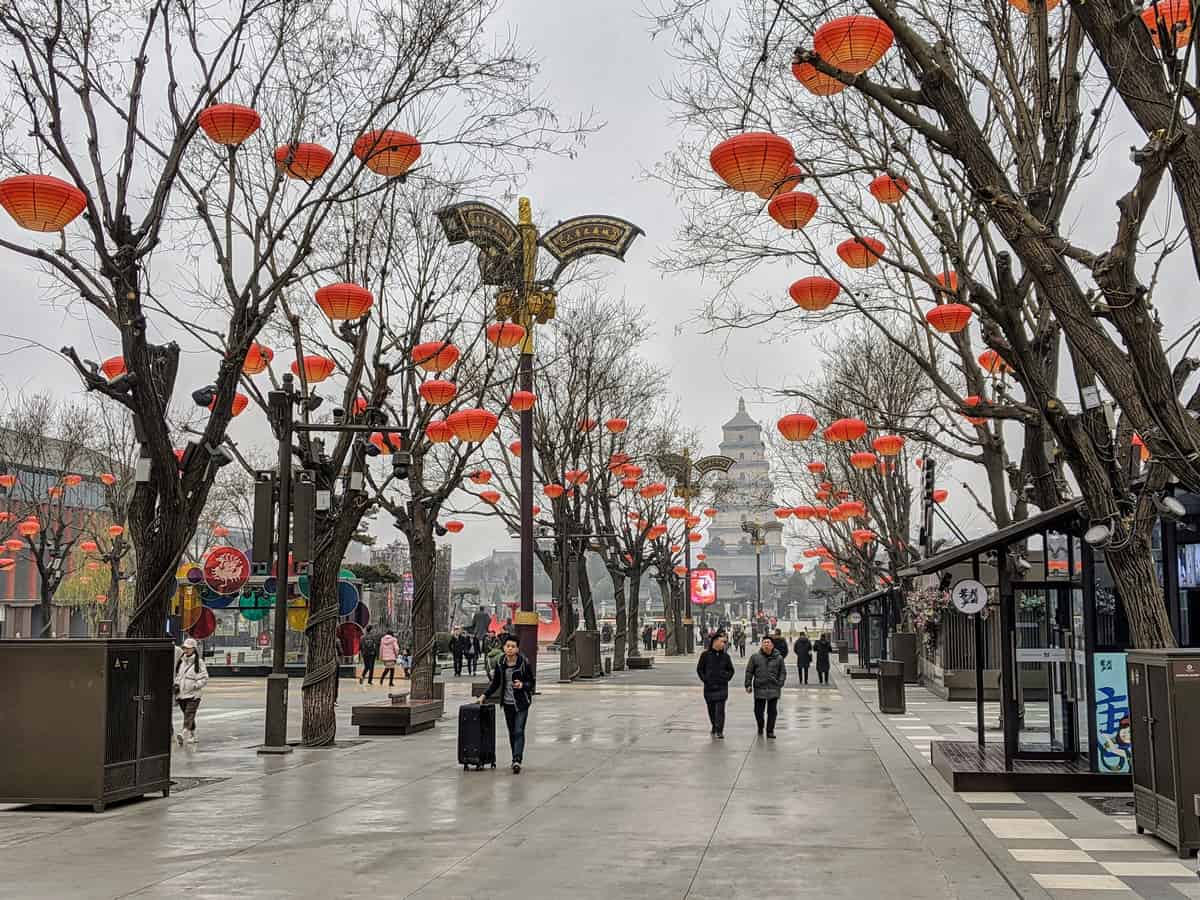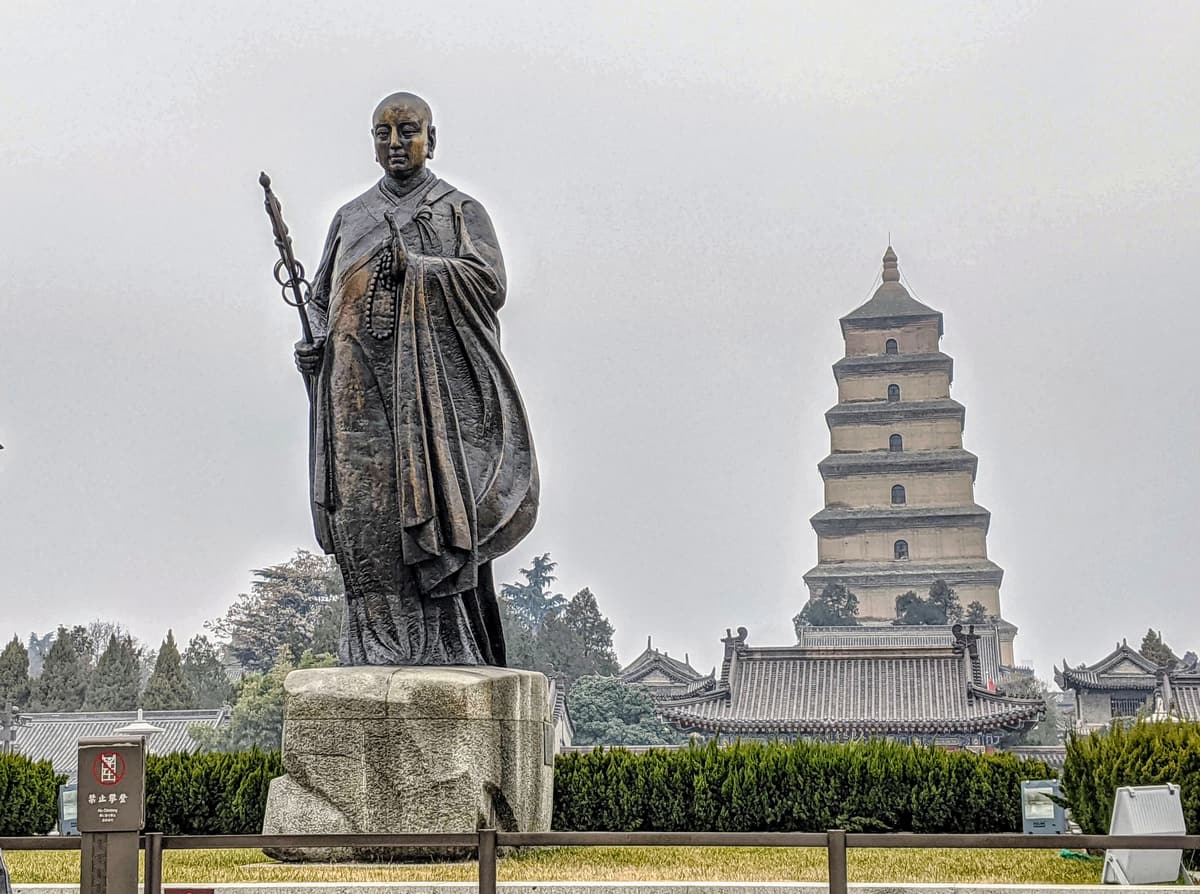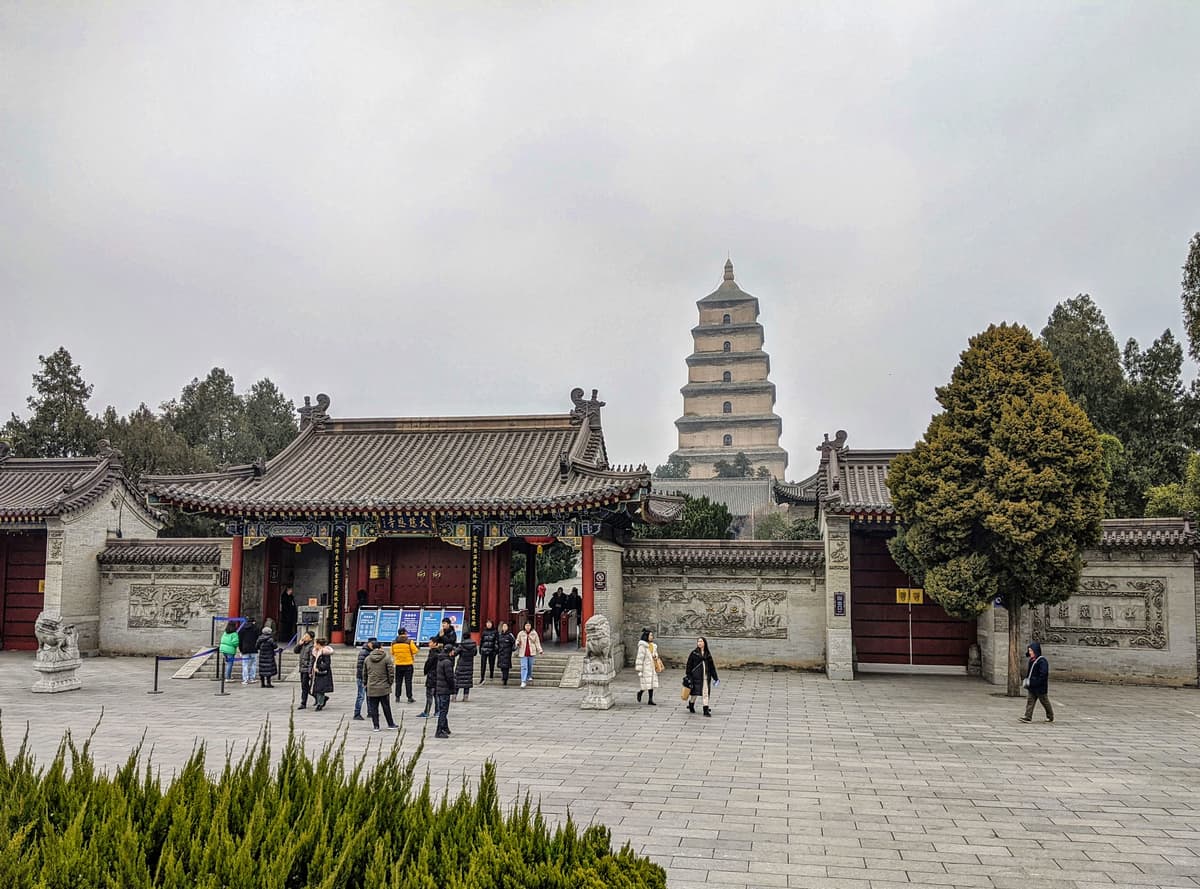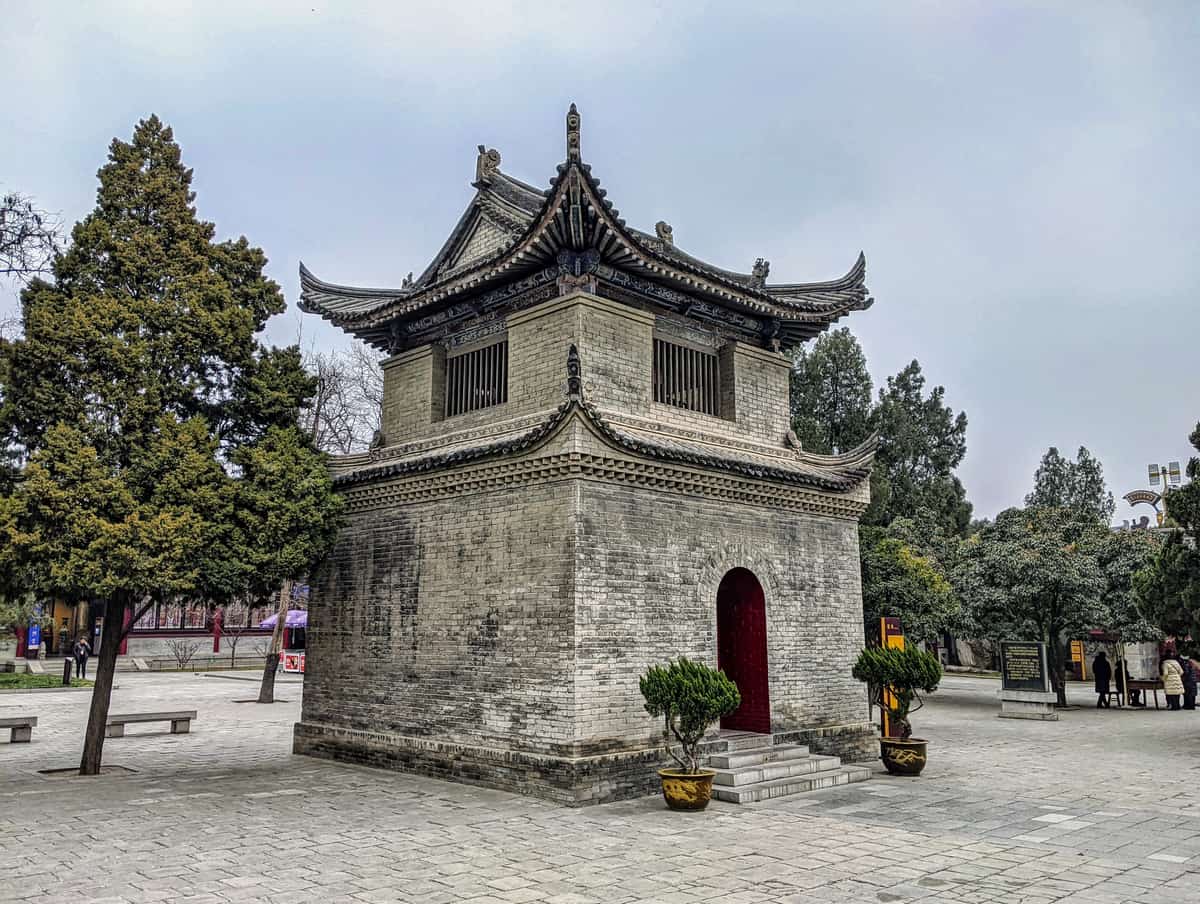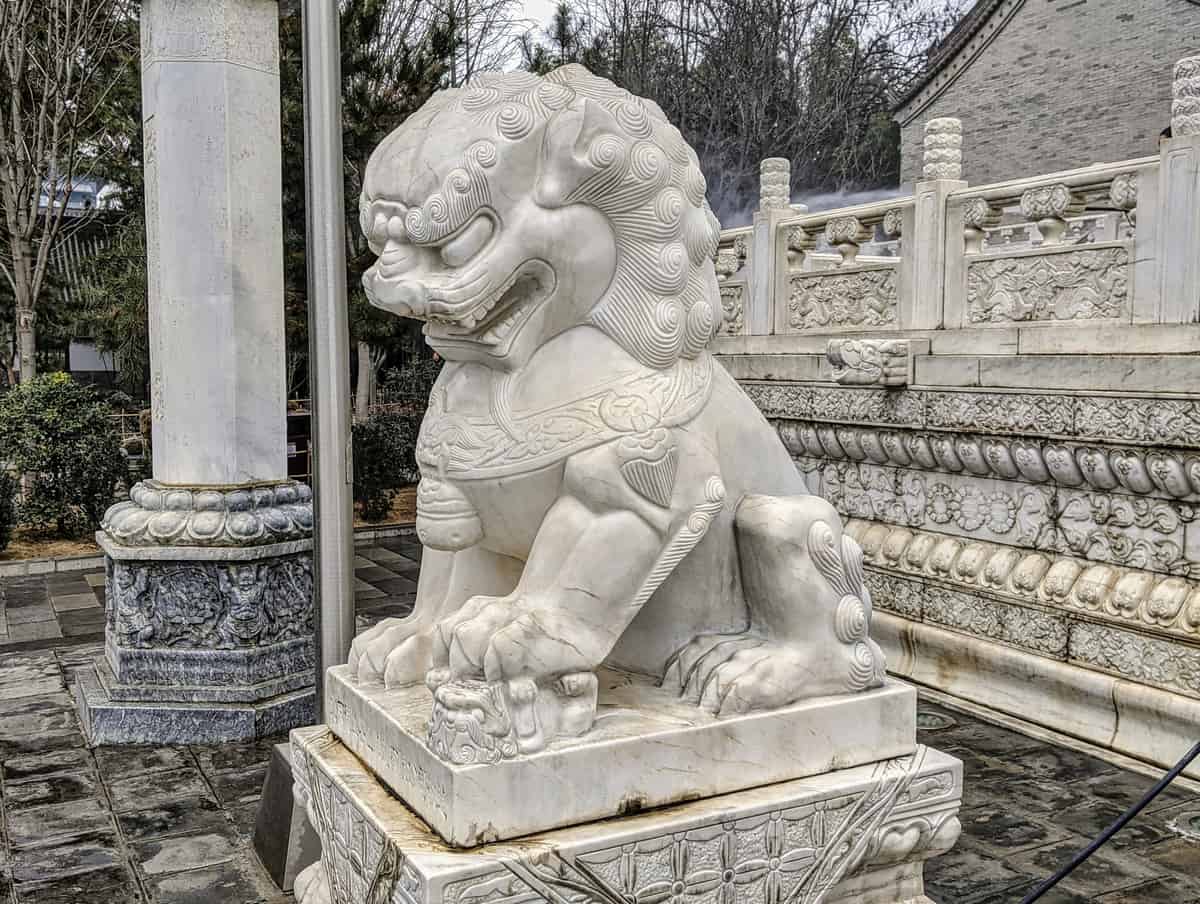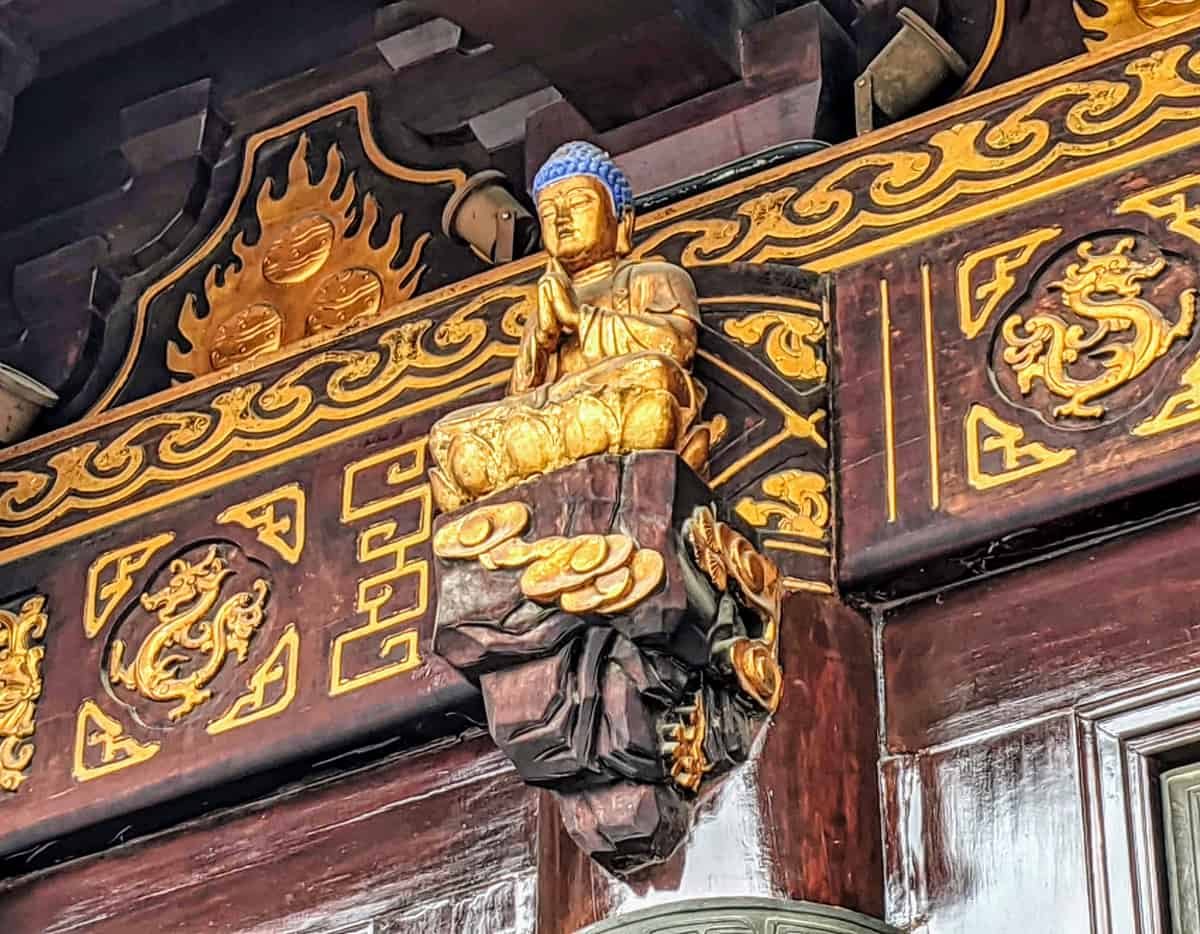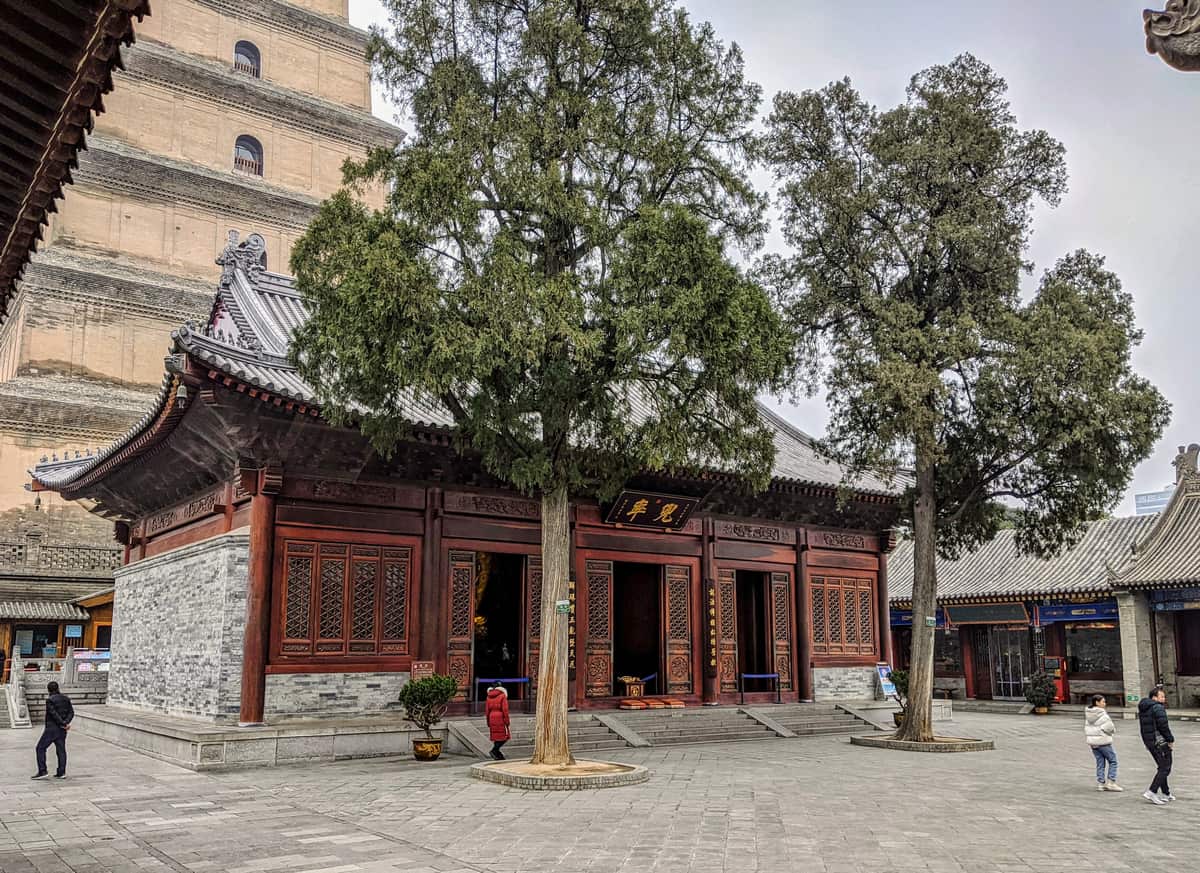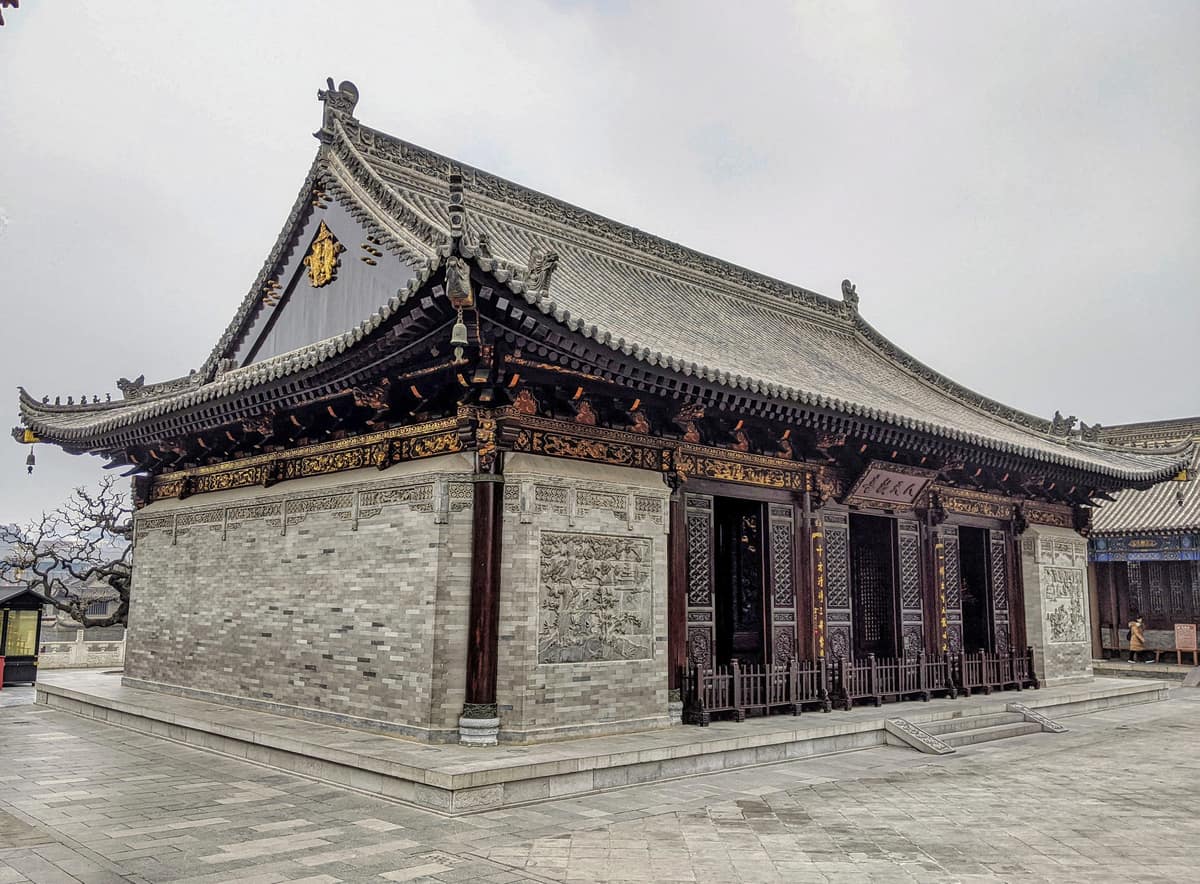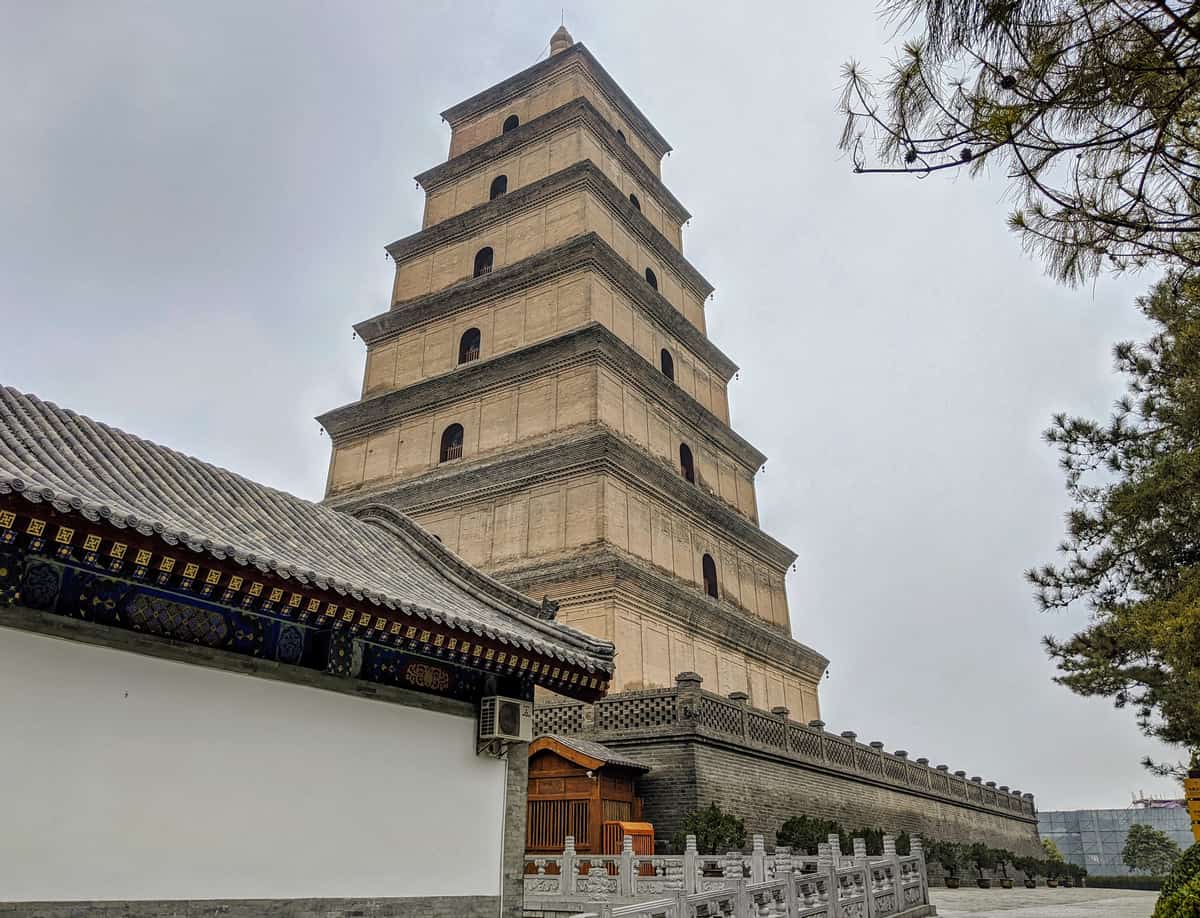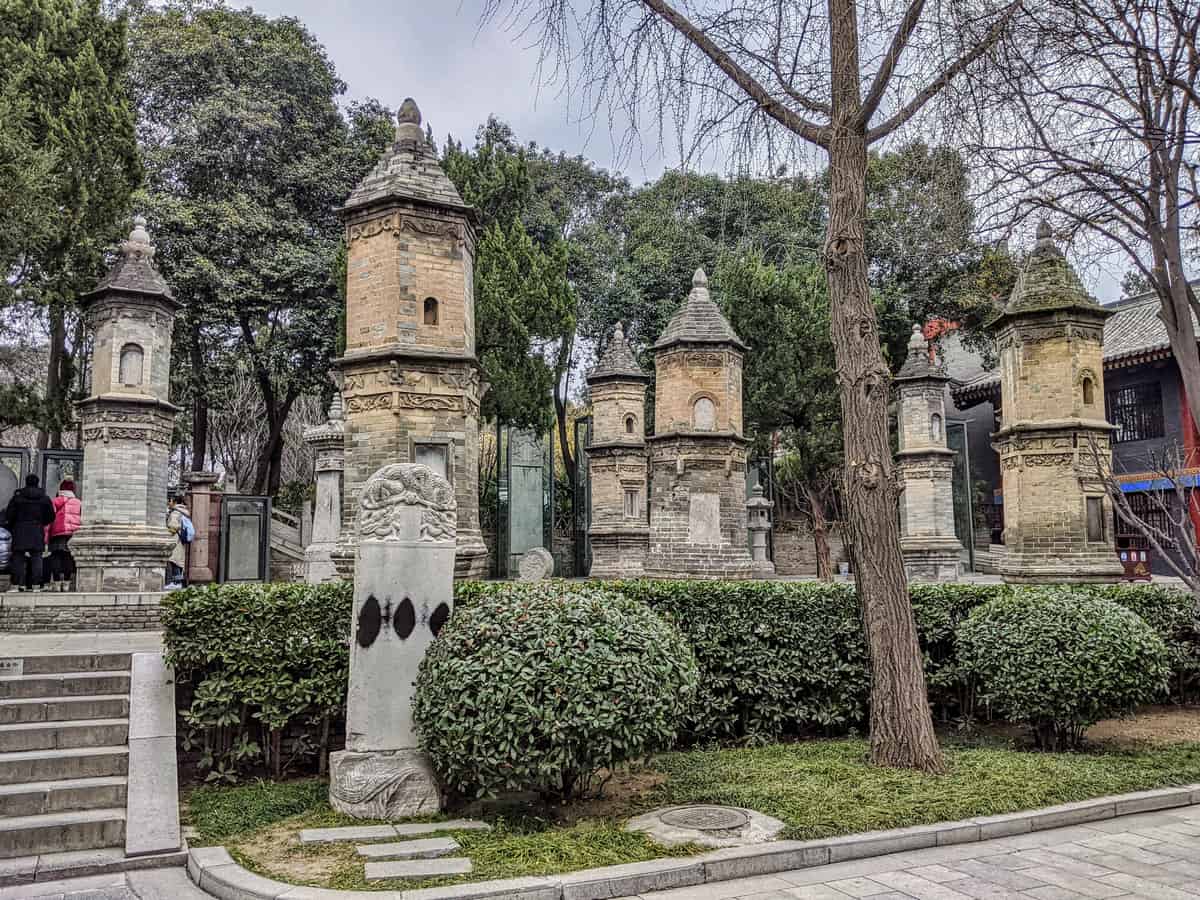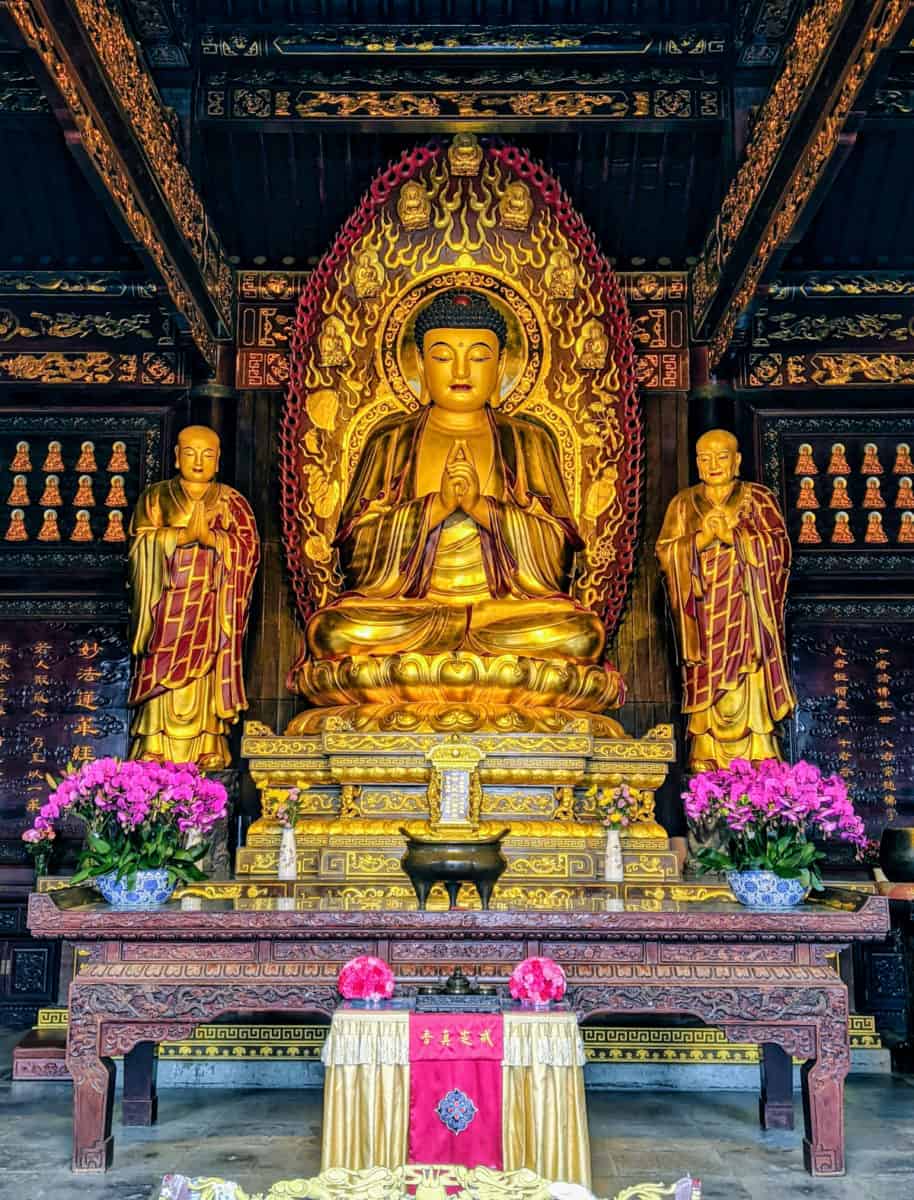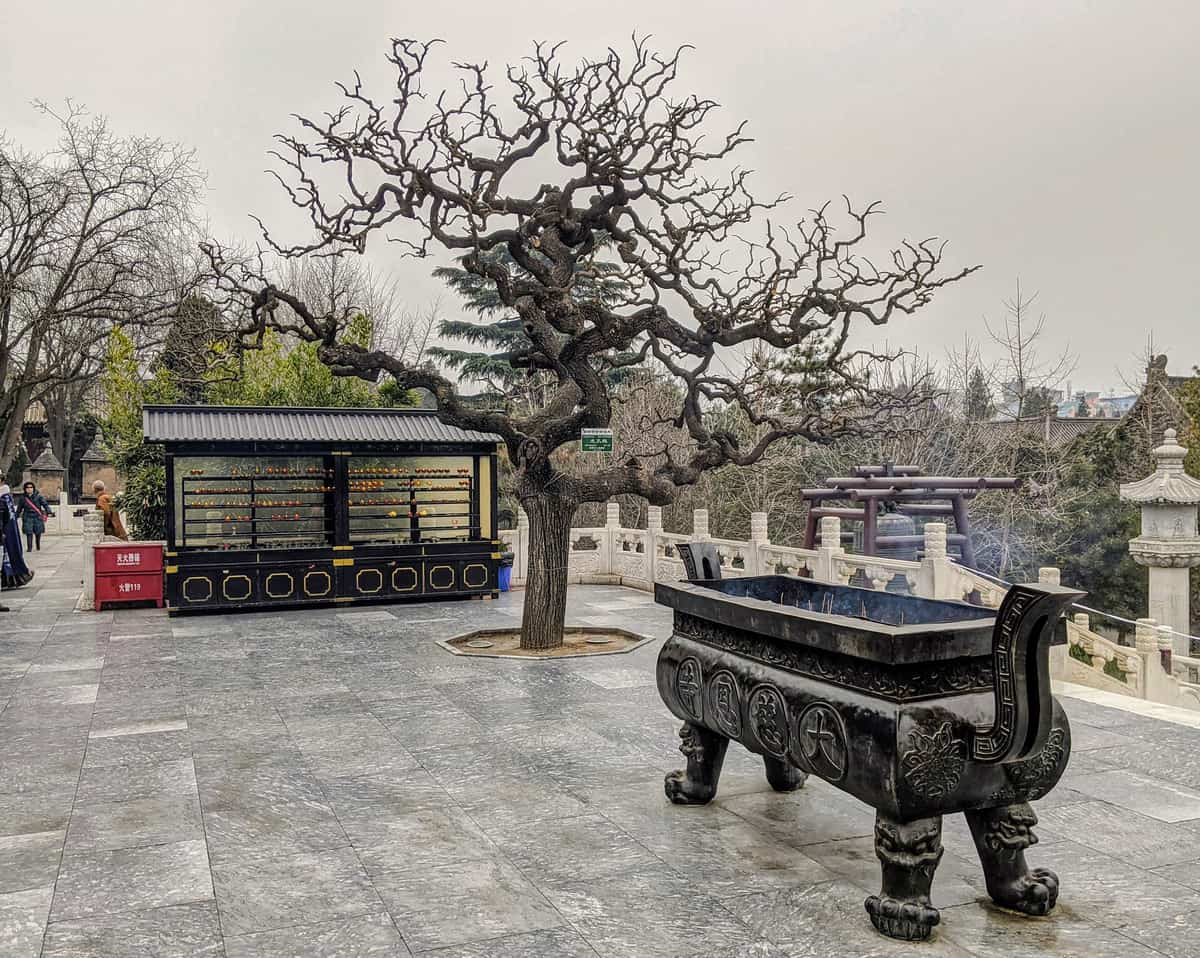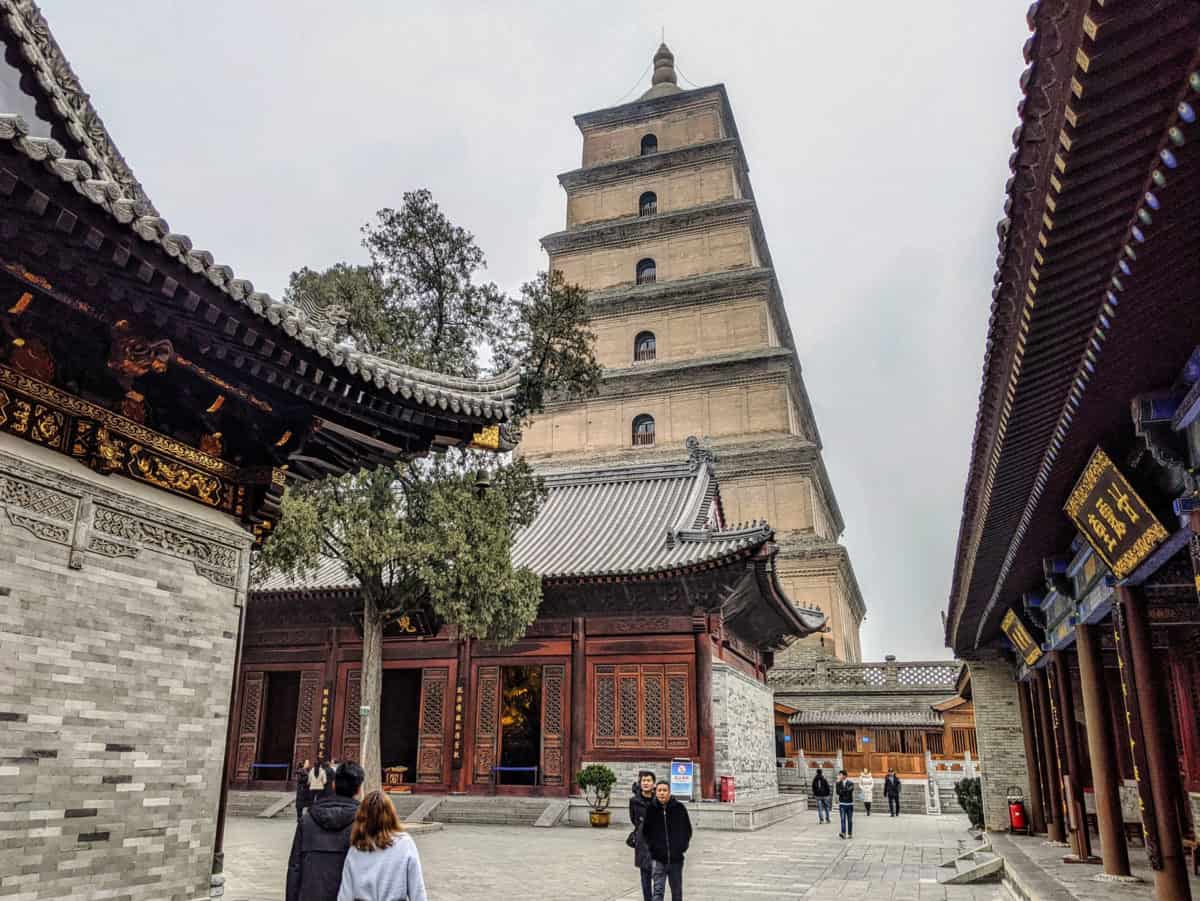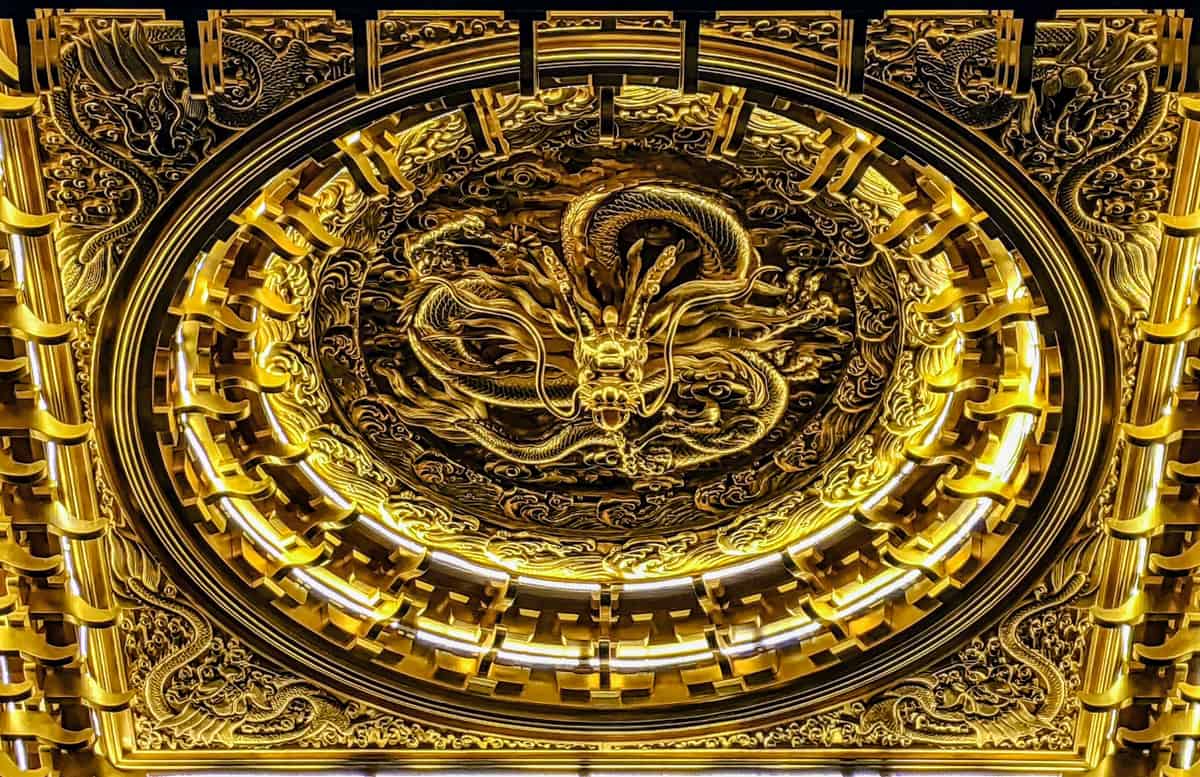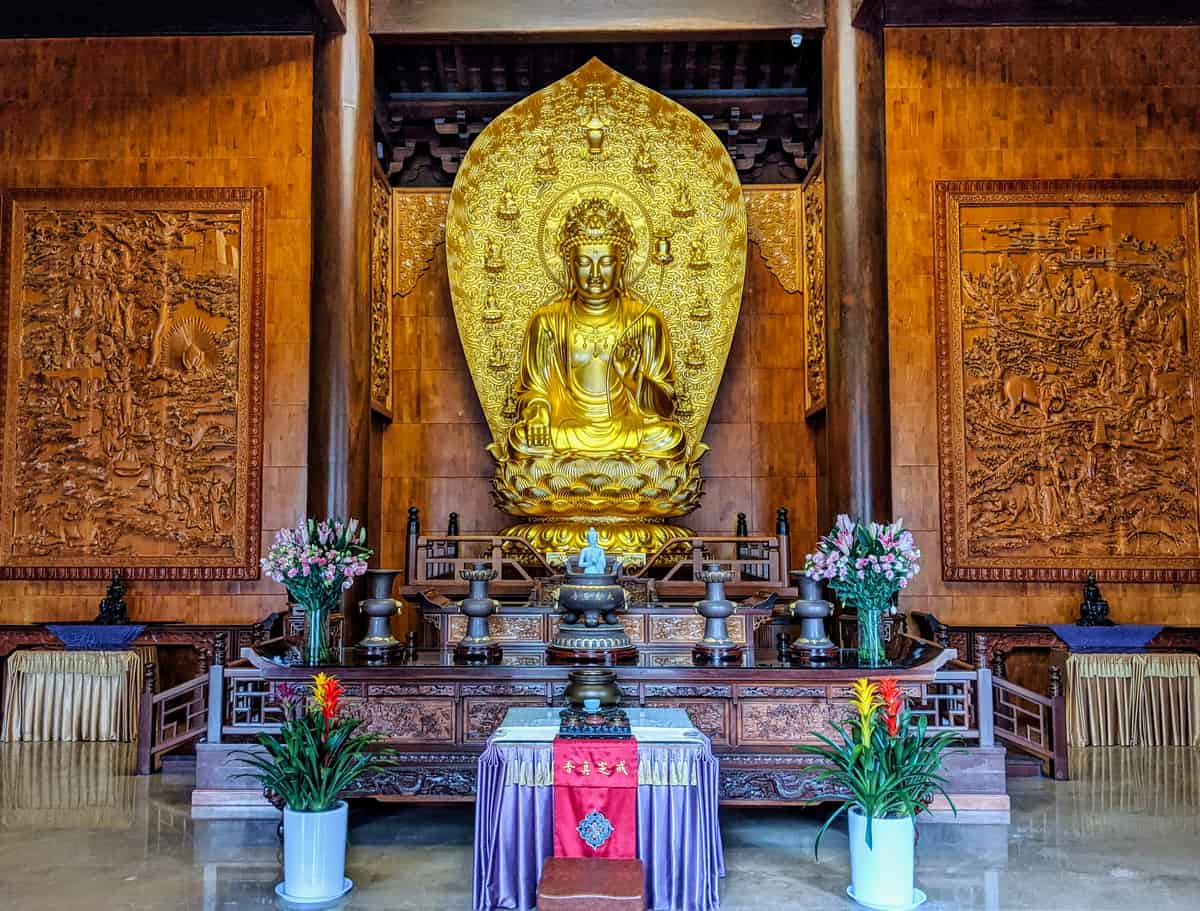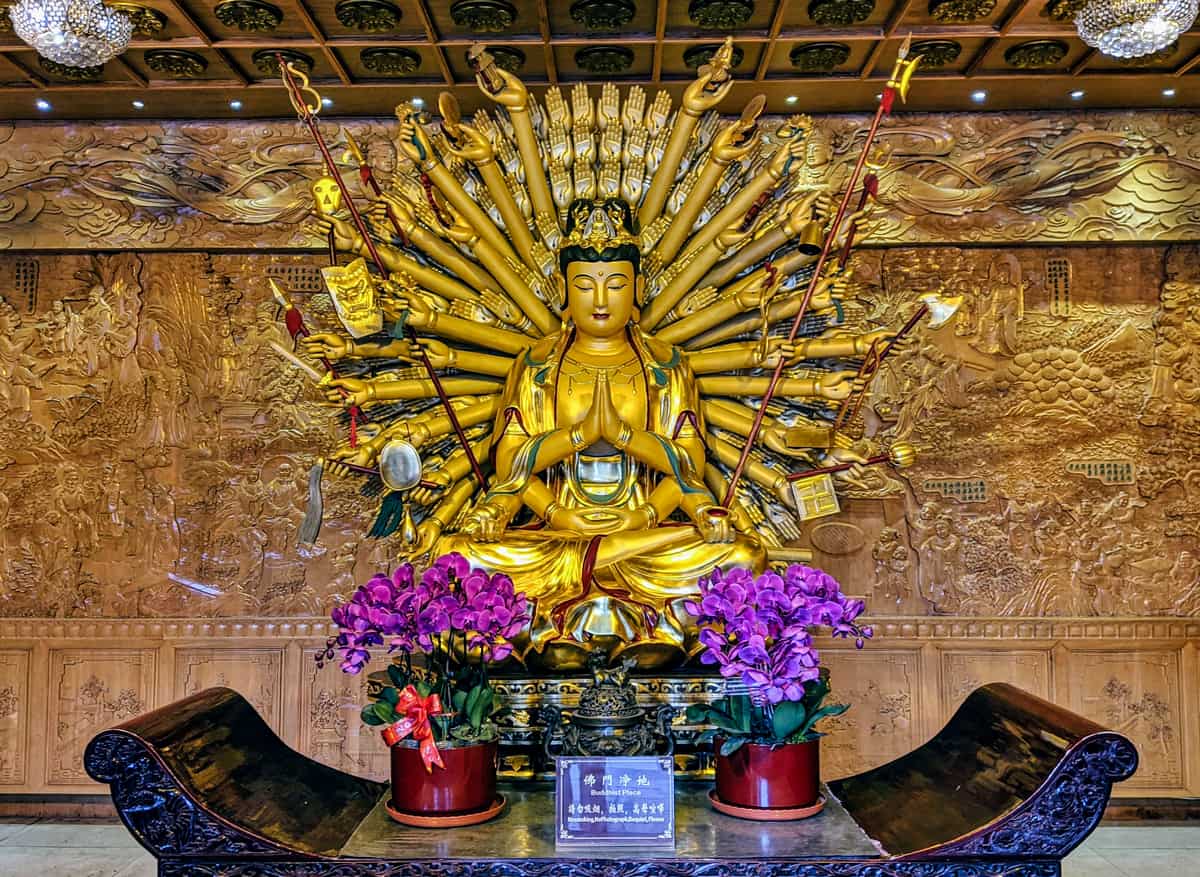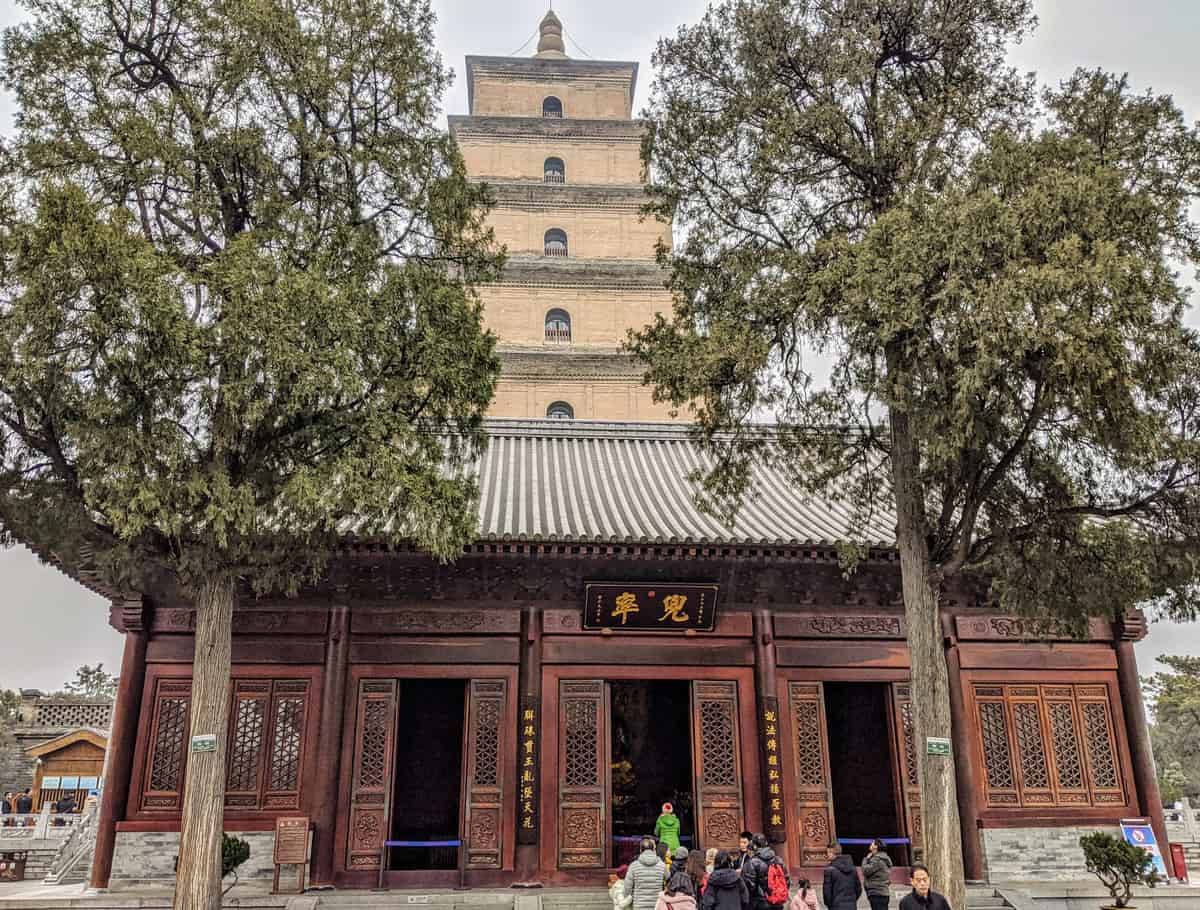China Discovery Tour
Xian | China
06 Jan 2020 | Mon
Day 10 of 18
Da Cien Temple & Big Wild Goose Pagoda
Da Cien Temple
The Da Cien Temple is a historic temple located in the city of Xi’an, China. The temple was built in the year 685 AD, and is one of the oldest temples in China. The temple is known for its unique architecture, which features a mix of Chinese and Indian influences. The temple is also home to a number of historical artifacts, including a statue of the Buddha that is over 1,000 years old. The Da Cien Temple is a popular tourist destination and receives over 1 million visitors each year.
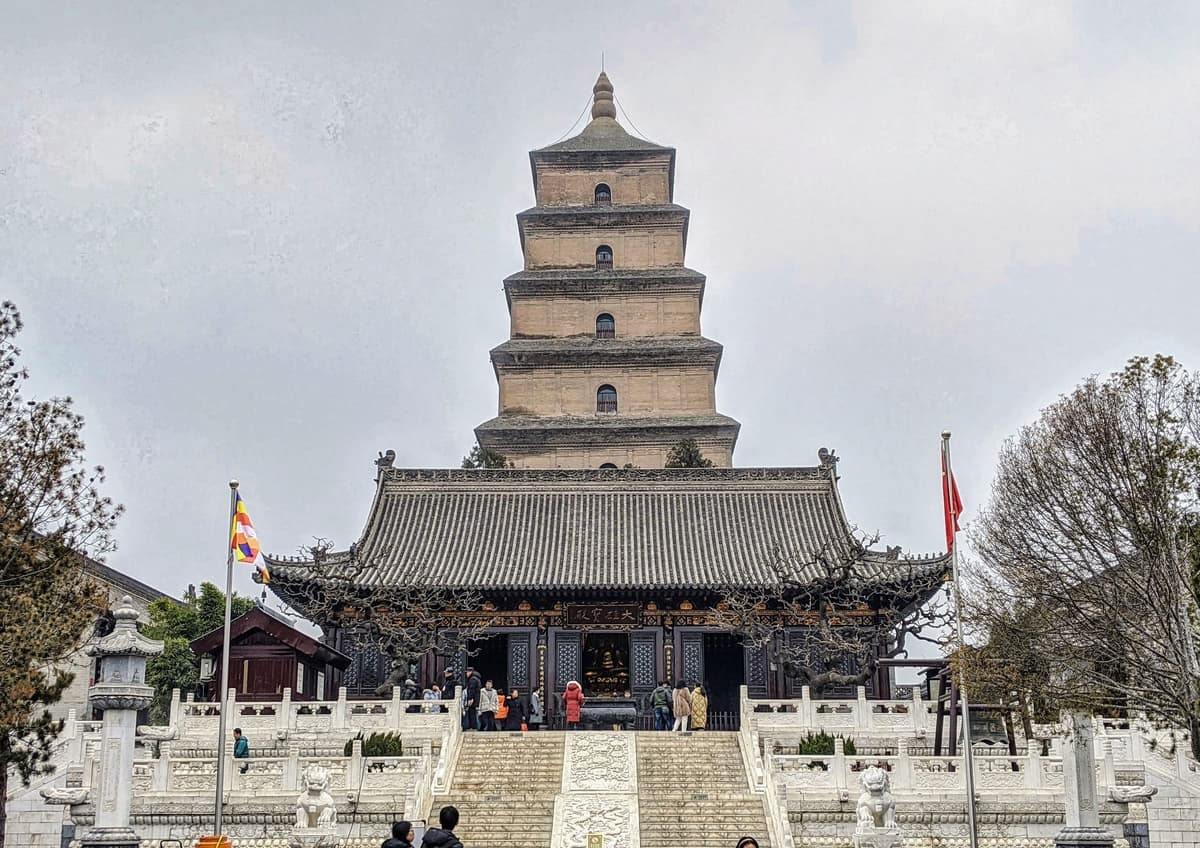
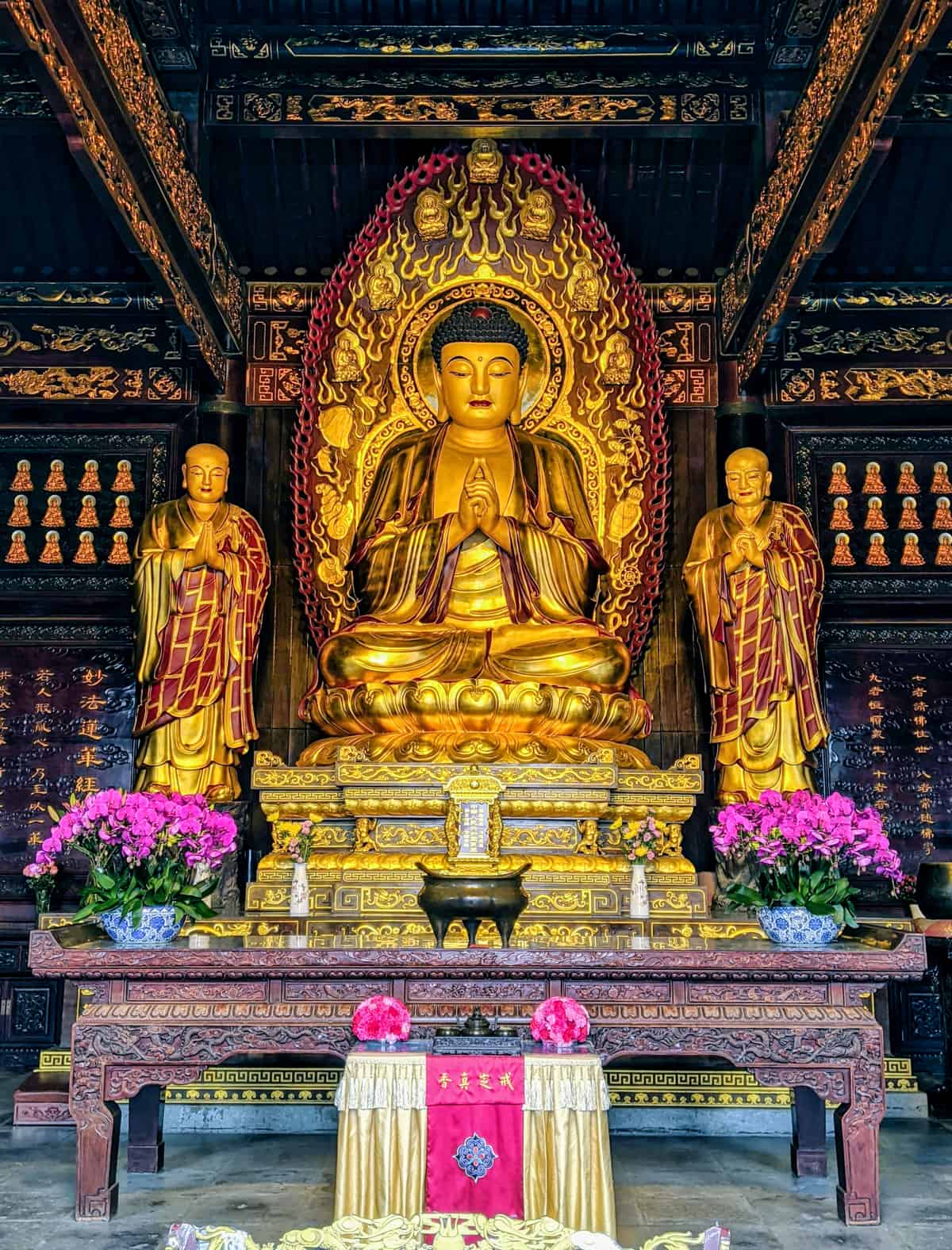
Big Wild Goose Pagoda
The Giant Wild Goose Pagoda is one of the most iconic landmarks in China. Located in the city of Xi’an, it was built in 652 AD to store Buddhist scriptures brought back from India by the monk Xuanzang. The pagoda has seven stories and is made of brick and stone. It is a popular tourist destination and has been designated as a UNESCO World Heritage Site.
